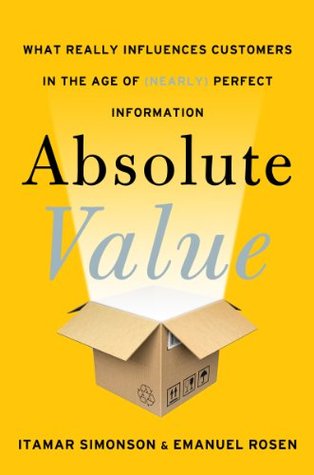More on this book
Kindle Notes & Highlights
brand equity has value in terms of name recognition, sometimes emotional attachment, prestige or status, and continuity.
Instead of top-of-mind ads that focus on a brand name, the goal of advertising should be to generate interest in the product’s advantages.
As far as triggering action, we don’t foresee a significant shift. Marketers can still benefit from incentives, promotions, coupons, and other triggers for action.
We expect that future market research will focus more on tracking and responding to consumers’ decisions as they occur, and less on long-term preference forecasting.
Instead of measuring individual consumers’ preferences, expectations, satisfaction, and loyalty, marketers should systematically track the readily available public information on review sites, user forums, and other social media.
We want to make more general points about the future of the trends we’ve been discussing in this book: The first one is to explain why tools that provide access to absolute values will continue to emerge.
Resources should be allocated to parts of the organization that have the biggest impact on absolute values as defined by prospective buyers. Follow the absolute.
marketing function in particular should emphasize those elements that make a difference—tracking what people want and generating interest.
Success in the new era is about tracking what people want, and then providing them with absolute value.
Will we see more and more decisions that are based on merit, on substance, and on the experienced quality of products and services? Absolutely.


